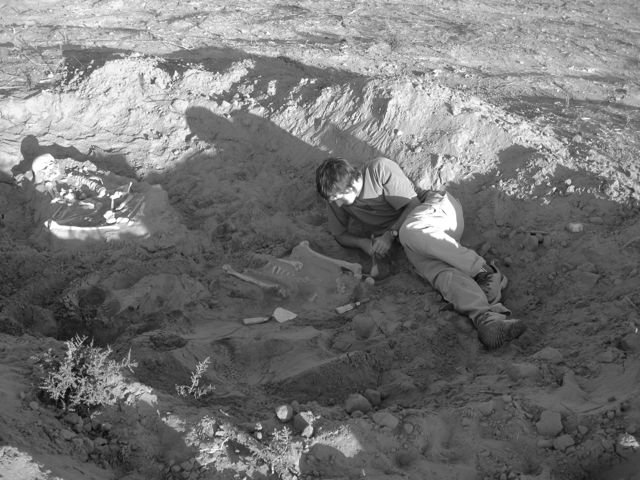Welcome to Dr Alejandro Serna
Published: 13 September 2024
Our new Lecturer in Archaeology
Dr Alejandro Serna has joined us from the University of York as of the start of September 2024. Below he tells us a bit about his research background and experience:
It is a great pleasure for me to join the University of Glasgow as a lecturer in Archaeology. As an Argentinian archaeologist with a strong background in South American prehistory and ethnohistory, it is really exciting and refreshing the prospect of comparing and discussing similar processes occurring in the New and the Old World with new colleagues and students!
Some might wonder how this archaeologist from the other half of the world ended up in… well, the other half. My journey started at the University of La Plata (Argentina) where I obtained my BSc in Anthropology and then my PhD (2014-18), focused on Patagonian hunter-gatherers ethnicity through material, morphological and molecular evidence.
During those precious years (before I got grey hair), I focused on paleodiet and paleomobility research and I received molecular (δ18O, 87Sr/86Sr, δ13C, δ15N) laboratory and analytical training at the University of Cape Town (South Africa, 2016), the University of Utah (USA, 2017), and the University of Ottawa (Canada, 2018). These international experiences led me to develop an appreciation (I deeply love them) for molecular and quantitative methods, and to change a geographic-based research to a more problem-based one concerned about general processes, such as early pottery dispersal in the Southern Cone (sorry lithic people… but pottery rocks! [brilliant]).
Postdoctoral life was also great (yes, here is when the grey hair overrides) with one experience in Argentina modeling with strontium isotopes and flirting with volcanoes (2018-20), one year of isotope-based human forensic research at the University of Utah (2021), and a Marie Curie at the University of York (2022-24) working food crust and fats from pots (slightly less disgusting than it sounds). This phase led to planning and developing a research and outreach agenda that includes diverse topics, chronologies and locations (from Patagonian material networks to Mesoamerican head-shaping devices, and why not tracing human provenance from a leprosarium in the Iberian Peninsula).
Today, I joined Glasgow where my next adventure is awaiting. I am looking forward work with everyone!

First published: 13 September 2024
<< Latest news

